Japan!
The limited exposure I had to Japan, through all the shows and books consumed, had these different pieces of film that I’d mentally clipped on to different strings in my mind’s darkroom. The two weeks I spent there were about watching these primitives take shape with awe. This trip was like no other for me, because I had these primitives to build upon, which mostly consisted of cultural inquiries and I now have more hypotheses that I want to explore in future trips.
Aeroplanes are fascinating. Like bridges, like the Guindy Kathipara flyover. After some aeroplane watching at the Singapore airport, I was so primed for more marvelling at human inventions and engineering.
Starting to get help from strangers right from landing at the Narita airport until leaving, I was politely forgiven as a baka gaijin and was not even noticed as an outsider (except for an uncle who disapprovingly stared at the hem of my coat for 3 straight minutes as I fiddled with the lint on it, on the train(erm.. who was probably worried that I was polluting the pristine environs (?))). Starting from using sign language to helplessly watching my literate-in-Japanese-brother every time somebody asked me something, by the end, I could confidently use all the translating tools at one’s disposal and place an order (+ request other things! onega ishimasu). Having decided that I’ll experience ‘living like a local’, along with everyday konbini trips, I believe I mastered operating the jazzy home appliances that also respond in a human voice with the help of my trusted friend Google Lens. Except for struggling to master ‘daijoubu desu’ that always needed a sign language supplement. Fun times for the people behind me in the Shinjuku Starbucks queue where ‘daijoubu desu’ as question and answer was exchanged a gazillion times, until I realised I could’ve responded with a simple ‘yes’. Why go to Starbucks you ask. Blue Bottle Cafe turned away this young woman entering with eagerness at 6pm on New Year’s Eve. Well, Starbucks made some extra business by being open for 30 more minutes. Every single person in a customer-facing role greeted with cheerfulness and patience, except for one tired station master! It showed what high standards businesses and people are held to, especially when ratings by the locals barely cross 3, even for the top-rated establishments, with elaborate comments on what was great or not in the “experience”. 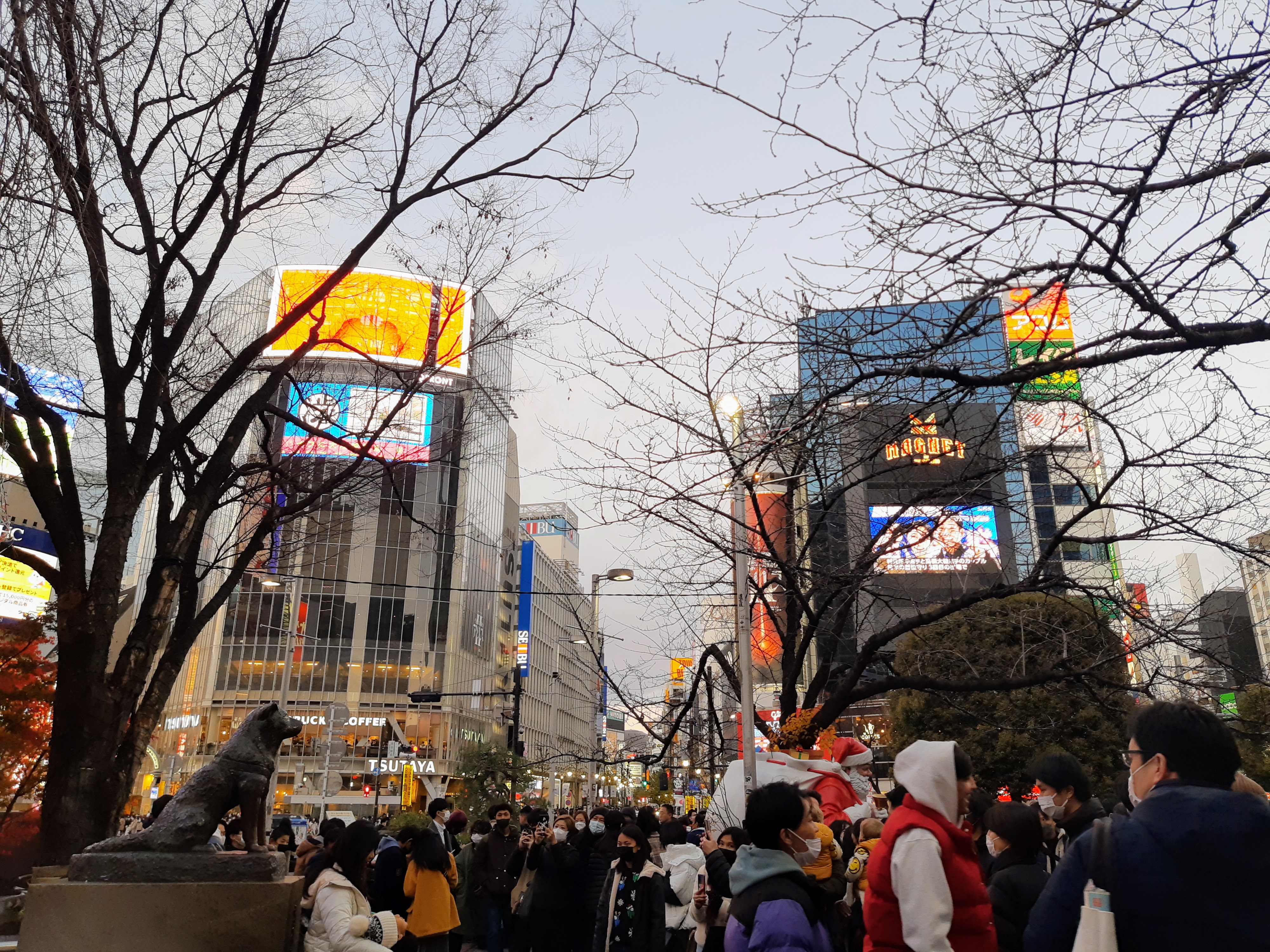
Thoughtfulness. I was constantly asking myself how this is built into the culture, seeing as there are many philosophical concepts embedded into the ways of the Japanese day to day life. Every space is thoughtfully designed to be inclusive, with ramps, baby stroller straps on bus seats, baby holder seats in public toilets. And also safe - a building undergoing facade repairs in a bylane had boundary scaffolding not encroaching the pavement, with two people in reflective safety jackets on either side looking out for and signalling to the rare vehicle/pedestrian traffic. There was no risk of getting hit by a vehicle when walking completely zoned out, if one kept watch on the pedestrian traffic lights (I can see why shows like ‘Old Enough!’ exist here). The principles of Universal Design are applied everywhere, promoted by the government with initiatives that began in 1987 and strictly implemented with the 2000 transportation barrier-free law. I would love to understand the what-and-how of the incentives that helped in carrying this over past public spaces, to retail and other consumer products. How can one explain the far better functional effectiveness and reliability of a danchi in a Japanese suburb, compared to an apartment in an upscale neighbourhood in Koramangala?
How this thoughtfulness carries over to public behaviour blew my mind, as we walked from Miyashita Park towards the Yoyogi Park zelkova trees to watch the Christmas illuminations, as I was suddenly walking on Koen Dori amid about 1000 people all going to the same destination. It was incredible that there was no pushing or shoving, people were talking and having fun but not at all loud, everybody stopping for the pedestrian lights and patiently walking through the 500metres for about 30 minutes! (Also whatte beautiful studio Amazon Music has here!) 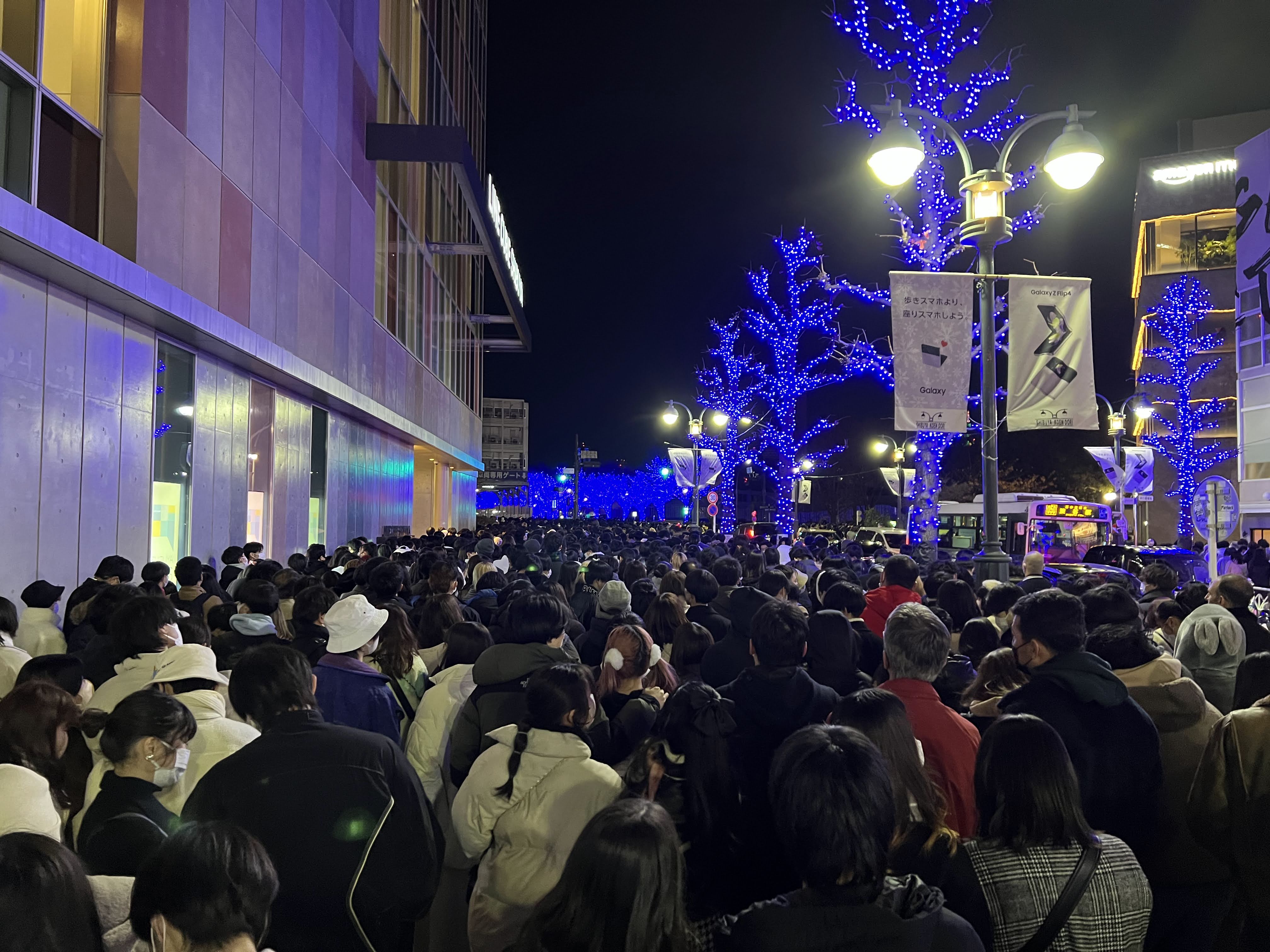
I read somewhere that the Japanese industriousness in optimising every space for humans has made it such that, you can land anywhere even in the remotest of outdoors and still find human traces. Walking in to the tunnels in Enoshima, this was quite apparent in how the trade-offs between maintaining the authenticity and history of the space, safety to the visitors, and also ensuring access to information, had been made. After revelling in the beauty of the sunset and the breathtaking views of the Japanese island from the Enoshima Sea Candle as sunlight seeped out with the city lights coming up, I stepped out of the observatory stopping in my tracks completely wide-eyed at the numerous illuminations that had popped up all around! It was a perfect example of man trying to outsmart nature. 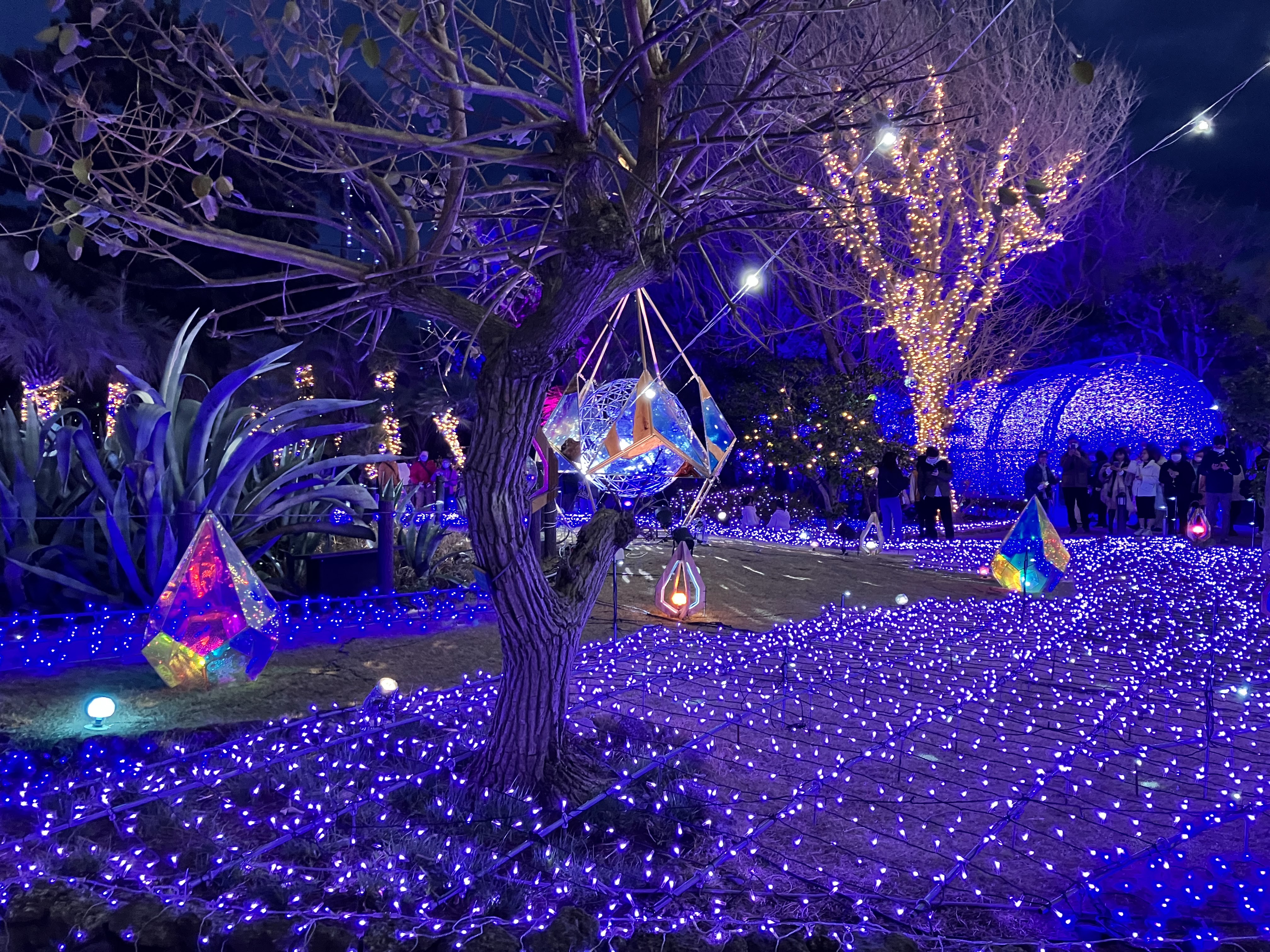
The sunlight has an orange hue closer to red than yellow, I wonder why. The blue skies were beautifully blue and all the water bodies were beautifully blue. The air quality was excellent all the time during my stay with low AQI levels. Perfect for morning runs! Very much enviable for a person who comes from a land of AQI levels always at red. (The smoke from factories is white how!) 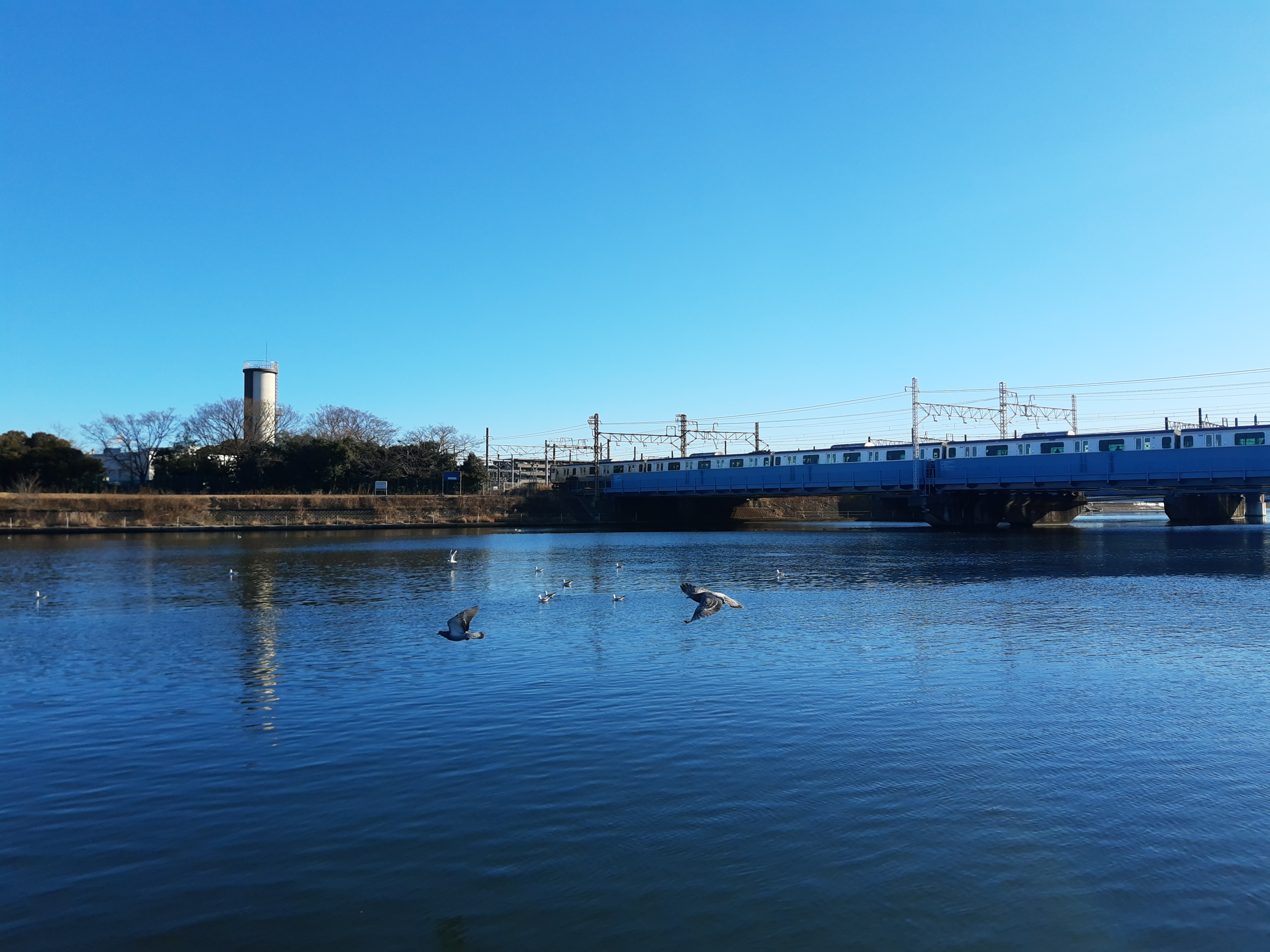
Japan, of course being one of the top world economies having pushed up the baseline quality of life long back, has a great art scene, even not taking into the account the traditional art forms. Just look at the list of concert halls around the world to realise what correlation it has to developed countries. I couldn’t make it to all of the Art Triangle Roppongi, but Mori Art Museum’s contemporary art exhibit showed a lot about how the current generation Japanese artists are looking at the world, be it the travails of immigrants; or the artist collective SIDE CORE playfully showcasing the country’s industriousness in rebuilding; or how the pandemic has affected sensibilities in a country where hikikomori is already acknowledged; or the questioning of originality and creativity through trying to emulate a beaver. Teamlab Planets did not disappoint at all, in what a brilliant mix of art and technology and people it was. It was incredible how hundreds of people could stay inside the art exhibit with the exhibit itself changing its nature or responding to people’s actions. Of course, it’s all instagrammable and aesthetically flashy, but there are layers to unravel if one’s willing to, making it a great art museum experience. One could either be part of the artwork in interacting with the elements and altering the universe, or step out to perceive it as a whole.
Speaking of flashy, I was quite curious about the numerous Christmas illuminations, but it looks like somebody else had the same question and tried to answer it. That so much thought is being given to design of urban spaces and to add delight to inhabitable public spaces is what makes this an excellent city. People still stepping out in a close-to-zero-temperature weather shows how welcoming these public spaces are. Just look at how delightful manholes are. Perhaps true that the country could manage this better than spending up to $900 on each manhole(also read this more optimistic take if you just clicked on the previous link) and adding to the pile of public debt, but also these tiny things subconsciously contribute to cultural values that people living there absorb, and to just serve as an inspiration to do better. 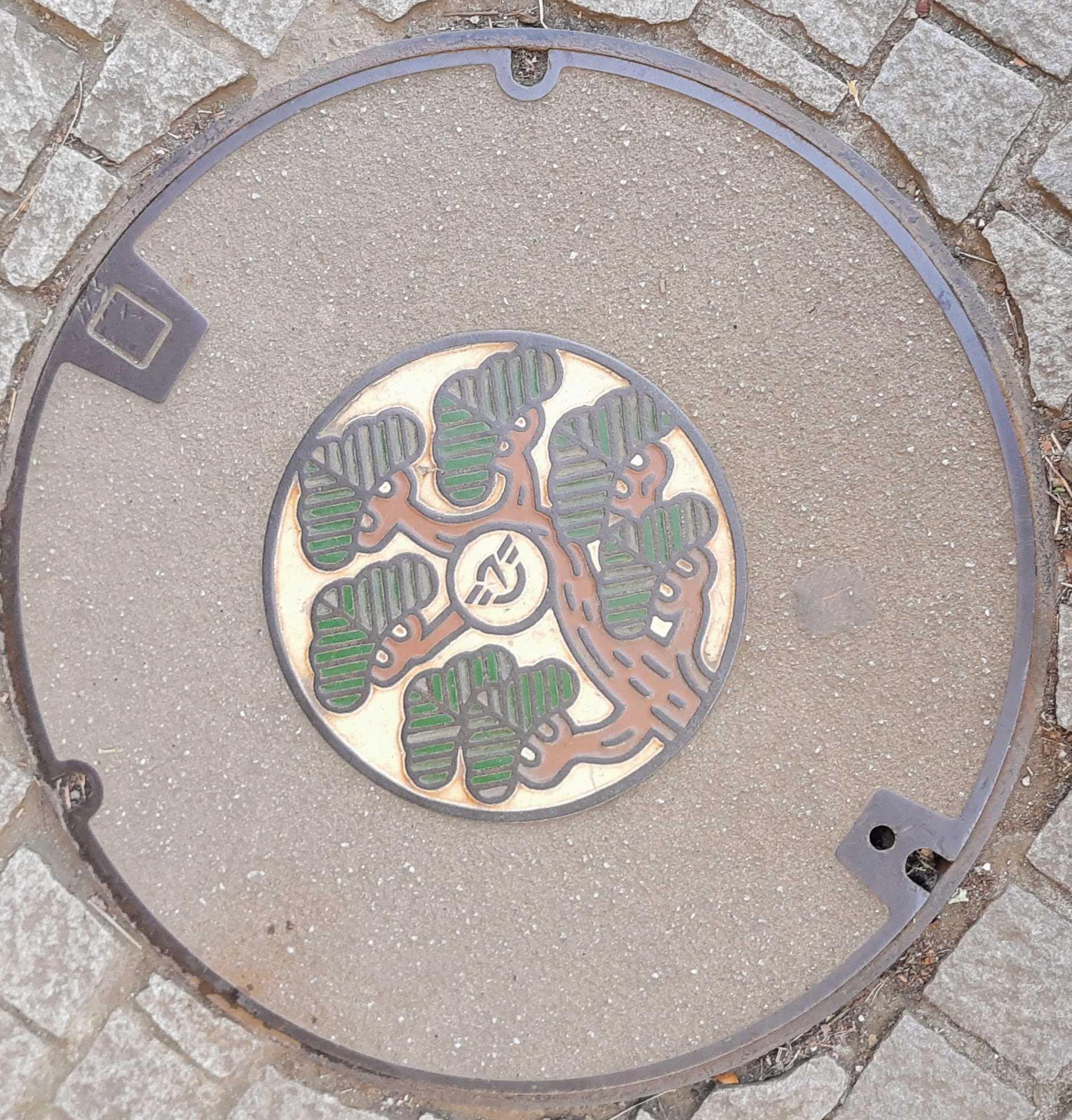
I’m glad my first skiing and snow experience was at Hakuba, which once hosted the Winter Olympics and which has amazing powder snow! Tsugaike Kogen being the last stop in the Hakuba area, was less touristy, mooore snow, but sadly also no availability of English instructors in the Ski school on the day we went. I ended up learning all the wrong ways to ski and ultimately sprained the ankle in the most rigid pair of boots literally designed to not let this happen, which even my rescue patrol officer sounded surprised about, oh well. 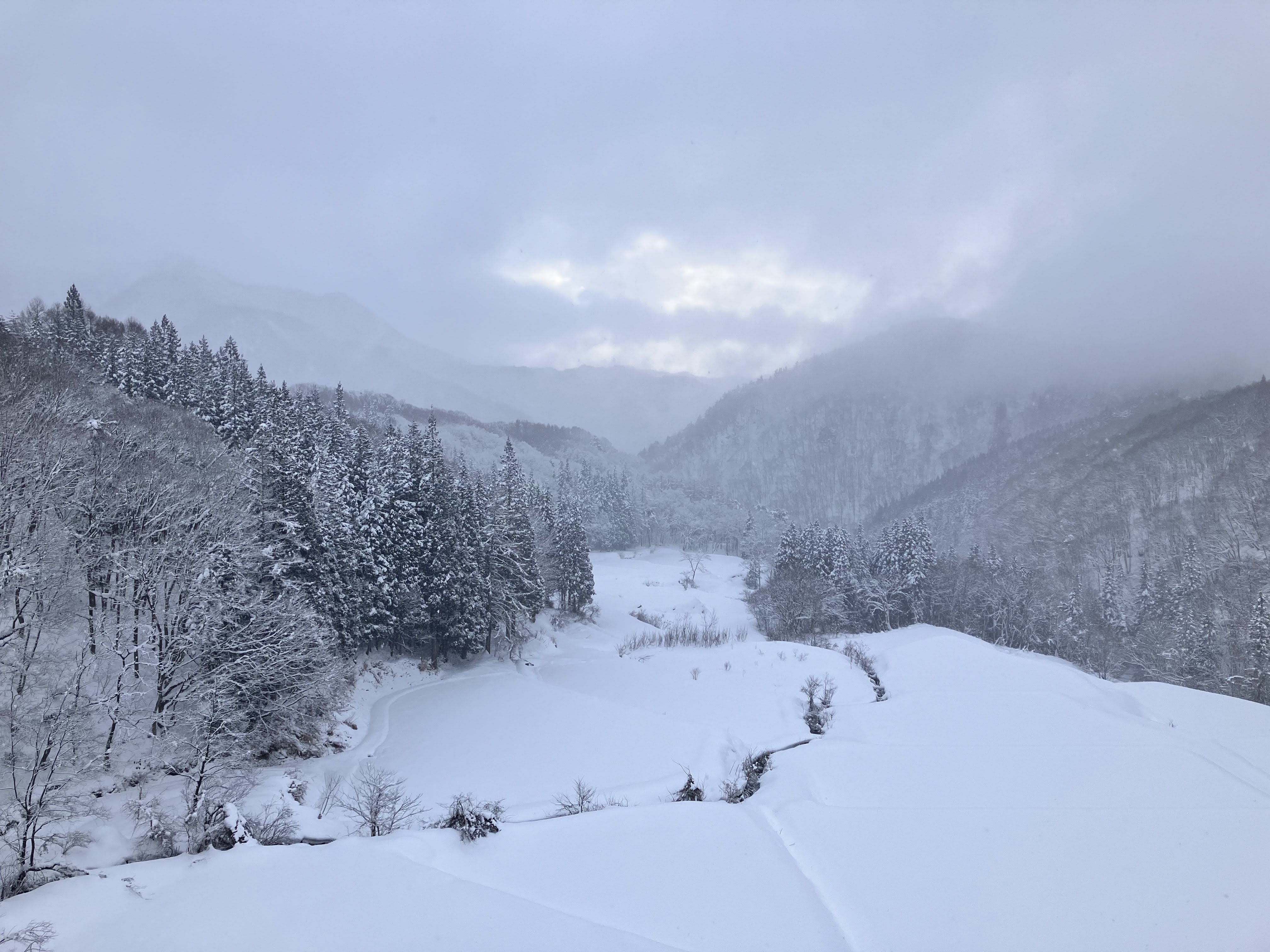
After this (mis)adventure I still managed to have the best of times, being nestled in the warmth of @tsugaike with my cheesecake crepes, a big Japan guide with stories to pore into and having interesting conversations with the host Marcello(and his experiences of having moved from Australia to Japan with the family and the children adjusting into the Japanese school system, and more stories), who was also very nice to recommend and drive us around to one of the best onsens around. I find it incredible how the country has standardised, as well as made accessible to everyone, these geothermal resources by passing a Hot Spring Law, and ensuring the mineral composition in each onsen is shared. 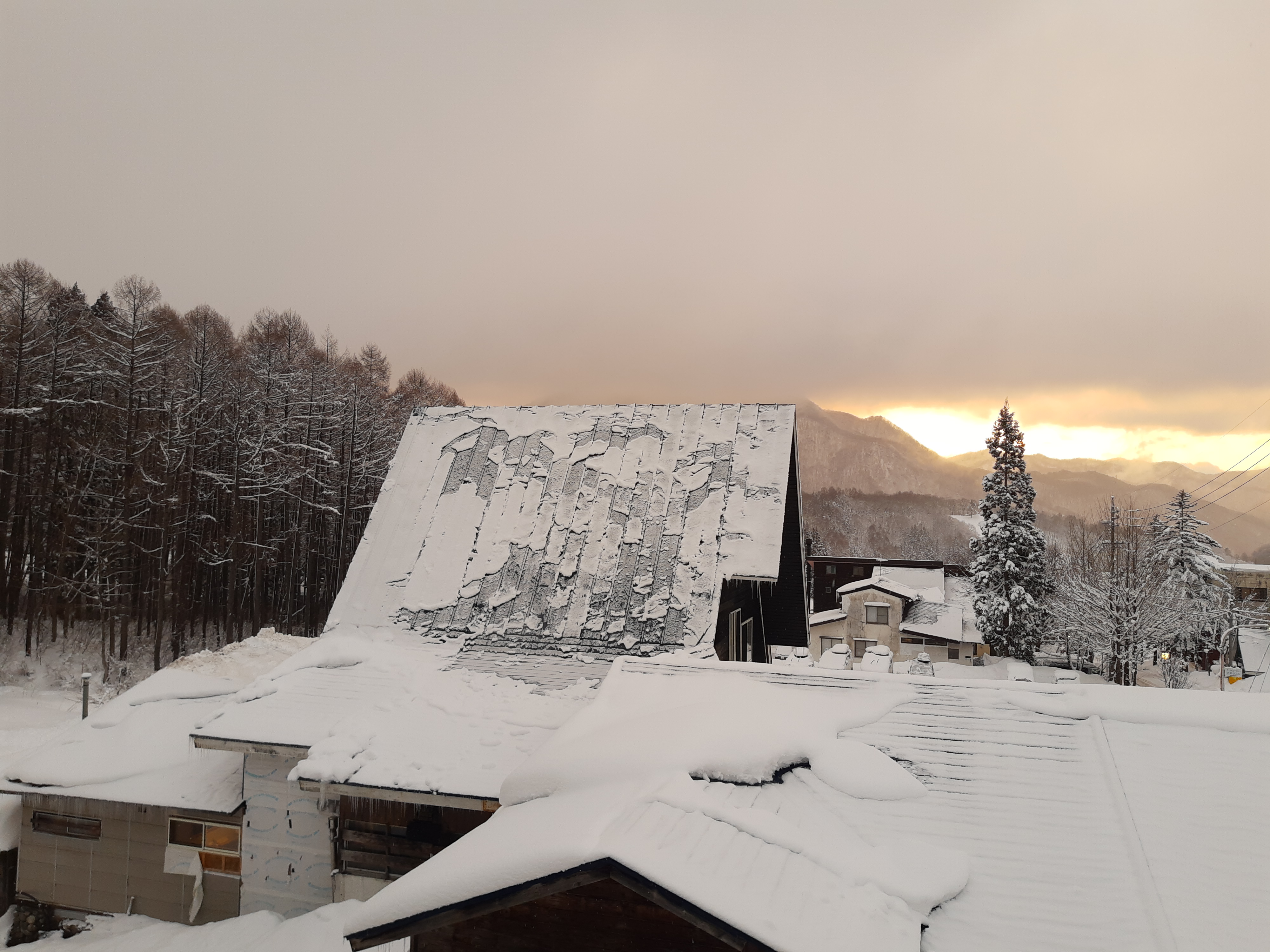
Most favourite food experience was Gossoya in Tsurumi, a tiny izakaya/yakitori restaurant with the warmest staff and the most curious owner very delighted at our enthusiasm towards each plate of his omakase. And amazing takoyaki finally! Exactly one year after deciding to fly across the ocean only to try out this snack that James May had in Osaka, well I’m kidding, but takoyaki on the streets, takoyaki in izakayas was happily had. Also, how has chocolate and cocoa mixes perfected so well, that the konbini ones taste like luxurious ones? The hot chocolate at Hakuba station while waiting for the bus, was one of the best I’ve ever had, and I’ve been on the hunt for a pack of the Meiji couverdark CB58 that they use, ever since(please to send me some if you find one). Shinshu salmon in Nagano more than made up for the disappointment of unagi being unavailable. Midori in the Nagano station was a fairyland selling confectionaries made of the famous Nagano apples. Another fairyland being the Ecute in the Shinagawa station (where I landed after being lost alone with a switched off mobile phone, Pasmo card, a few thousand yen notes and a rough idea of which line to reach home), where I happily lost myself in the yummy smells and sights of the pastries and food and flowers, amid the rush of New Year’s Eve. Well, why don’t I have a picture of the Ginza Cozy Corner cheesecake? Of course, it was steadily devoured with no other thought. 
Mottainai culture means that the second-hand industry is trustworthy and has surprisingly high quality products. Simple things like nobody keeping their bags down even on the pristine floors on the public trains or elsewhere, showed how much care people show to things, which seems to be influenced both by religious ideas and post-war scarcity. Can already see the circular economy booming here.
I’m officially a Japanophile now, like many others whom I’ve met, who couldn’t stop with a single trip to Japan, and I can’t wait for the next one. Hoping I can make some native Japanese friends on my next one. Pico Iyer introduced some interesting cultural observations through his book, A Beginner’s Guide to Japan, and I continue to read more contemporary translations. And what better than running into the Official Guide at the local book store upon return to home! 